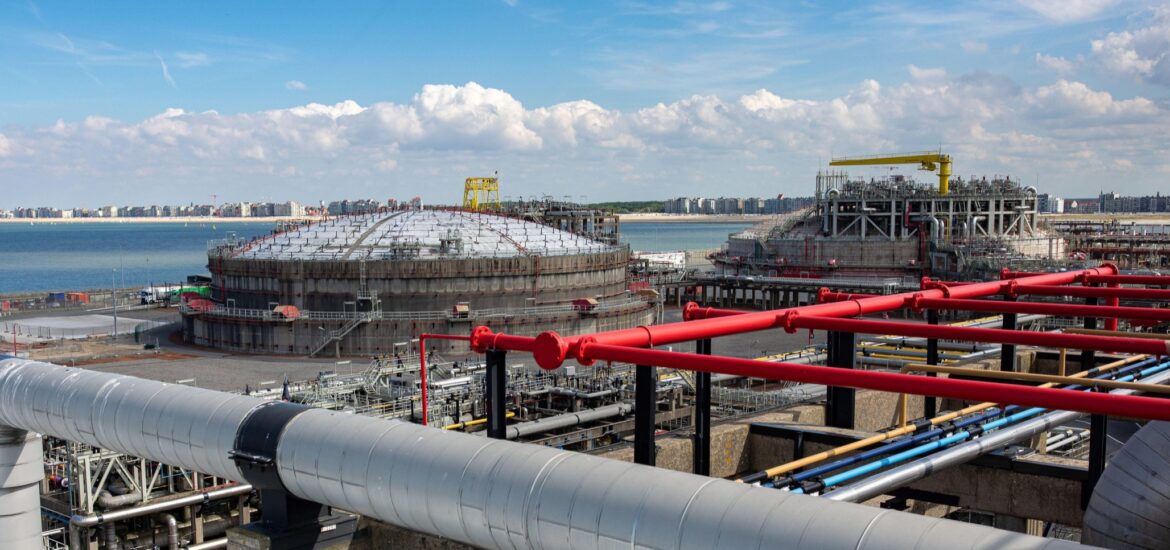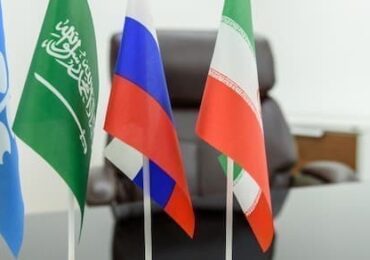
New Report Reveals EU’s Increase in Russian LNG Purchases Despite Anti-War Rhetoric
In the face of its commitment to reduce reliance on Russian gas due to the Ukrainian conflict, the European Union has seen a substantial 40% rise in its purchases of Russian liquefied natural gas (LNG), as per recent research findings.
Global Witness, a prominent environmental watchdog organization, has released data indicating that the European Union procured 21.6 million cubic meters (mcm) of Russian LNG between January and July of the current year. While this is a slight increase compared to the same period in 2022, when imports stood at 21.3 mcm, the truly remarkable surge is apparent when contrasting the 2023 figures with those from 2021, pre-dating Russia’s military intervention in Ukraine. This surge amounts to 39.5%, a concerning statistic for a union that has strongly condemned the invasion as a violation of international law and Ukraine’s sovereignty.
Adding to the unease, three EU member states are among the top five major consumers of Russian LNG in the initial seven months of this year. China takes the lead with 8.7 mcm, trailed by Spain (7.5 mcm), Belgium (7.1 mcm), Japan (7 mcm), and France (4.5 mcm).
Countries like Spain, Belgium, and France, due to their coastal locations, have evolved into key destinations for LNG carriers. These vessels discharge their cargo at sophisticated terminals, where the liquefied gas is reconverted to its gaseous state and channeled to power plants.
The list of current Russian LNG consumers also includes the Netherlands, Greece, Portugal, Finland, Italy, and Sweden, as confirmed by data from shipping analytics firm Kpler.
Overall, the European Union’s share of Russia’s LNG exports is estimated at 52% for the period between January and July. This exceeds the 49% share in 2022 and the 39% recorded in 2021.
The monetary impact of this year’s elevated purchases amounts to €5.29 billion, a sum that raises questions about the union’s attempts to weaken Russia’s financial resources that largely depend on fossil fuel sales.
Despite banning imports of Russian coal and pipeline oil following the commencement of the conflict, the EU has refrained from imposing such restrictions on Russian gas. While pipelines have seen substantial reductions in flow, the arrival of Russian LNG at European ports remains largely unimpeded.
Jonathan Noronha-Gant, a senior fossil fuel campaigner at Global Witness, highlighted the significance of such purchases, equating them with funding the conflict: “Buying Russian gas has the same impact as buying Russian oil. Both fund the war in Ukraine, and every euro means more bloodshed.”
Statistical data from Eurostat mirrors this trend. In the first quarter of 2023, Russia was the EU’s second-largest LNG supplier, trailing only the United States and surpassing Qatar, Algeria, Norway, and Nigeria.
While sanctions have been imposed and evidence of potential war crimes continues to mount, market analysis from Brussels-based think tank Bruegel indicates minimal fluctuations in Russian LNG flows. For instance, the EU bought 1.99 mcm of Russian LNG in March 2022, the initial month of the invasion, compared to 1.59 mcm in July 2023, the most recent month on record.
Isaac Levi, a senior analyst at the Centre for Research on Energy and Clean Air (CREA), emphasized that despite coastal countries being primary points of entry for LNG carriers, the ultimate destination of the gas may be elsewhere within Europe. Levi noted, “When LNG cargoes are discharged in these countries, it doesn’t necessarily imply that the gas molecules remain there… the possibility of Russian LNG being re-exported to other EU destinations exists.”
Disclaimer: The views, suggestions, and opinions expressed here are the sole responsibility of the experts. No Info Streamline journalist was involved in the writing and production of this article.



